|
|
ADDRESS AT THE INTERNATIONAL TRADE FAIR 'INTEC 2005', COIMBATORE
06-07-2005 : Coimbatore
Competitiveness : Key to National Development
I am delighted to participate in the inauguration of the International Industrial Trade Fair INTEC 2005 and declare it open. I greet the organizers, captains of industries, contributors and participants from various parts of the country and abroad in this important event at Coimbatore. INTEC 2005 is a unique blend of trade and tradition, and provides a platform for a wide range of industrial opportunities in various sectors of the economy by showcasing our technological strength. I was thinking what shall I discuss with you today at this important event and I have selected the topic for discussion: ?Competitiveness: Key to National Development?. It has three components, namely, law of development, innovation and creative leadership.
Law of Development
I was studying the development patterns and the dynamics of connectivity between nations, especially in trade and business. As you all know the world has a few developed countries and many developing countries. What is the dynamics between them and what connects them? Developed country has to market their products in a competitive way to different countries to remain as developed country. The developing country to get transformed into developed country; they too have to market their products to other countries in a competitive way. Competitiveness is the common factor between the two types of countries, both developing and developed. It has three dimensions: quality of the product, cost effectiveness and supply in time. Indeed this dynamics of competitiveness in marketing of products by developing and developed countries is called the law of development.
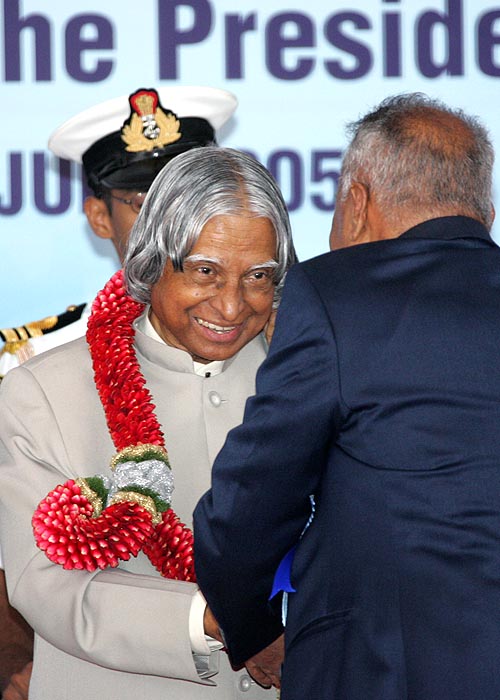

Innovation
Innovation is the key for competitiveness. In the recent Global Competitiveness Report, I find, in terms of Innovative Capacity Index, US is ranked one, Singapore 6, South Africa 27, China 40, Brazil 42 and India 44. In the same report I noticed that, the proportion of Scientists and Engineers Index is stated as US 4, Singapore 6, South Africa 38, China 43, Brazil 51 and India 60. Thus, we can see the large proportion of new ideas and innovation are generated by scientists and engineers and in the Universities campuses. This innovation arises from private sector initiative and the R & D productivity of the firm, shape by local policies and nature of local institutions. National innovative capacity has to be the country?s important potential to reinforce both political and economic entity with commercially relevant competitive products. This capacity is distinct from purely scientific or technical achievements and focuses on the economic application of new technology. Thus, for building innovative capacity, we require the partnership of a cluster consisting of public and private sector industry, R & D and academia.

Creative Leadership
I would like to discuss the relationship between the economic development, technology and industries and the leadership.
- Nations Economic development is powered by competitiveness.
- The competitiveness is powered by knowledge power.
- The knowledge power is powered by Technology and innovation.
- The Technology and innovation is powered by resource investment.
- The Resource investment is powered by revenue and return on Investment.
- The Revenue is powered by volume and repeat sales through customer loyalty.
- The customer loyalty is powered by Quality and value of products.
- Quality and value of products is powered by Employee Productivity and innovation.
- The Employee Productivity is powered by Employee Loyalty, employee satisfaction and working environment.
- The Working Environment is powered by management stewardship and sound project management.
- Management stewardship is powered by creative leadership.
Who is that creative leader? What are the qualities of a creative leader? The creative leadership is exercising the task to change the traditional role from commander to coach, manager to mentor, from director to delegator and from one who demands respect to one who facilitates self respect. The higher the proportion of creative leaders in a nation, the higher the potential of success of visions like "developed India."
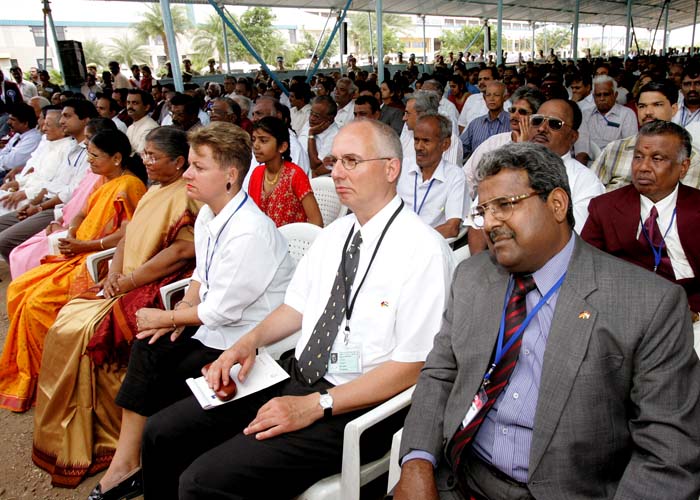

Missions for Coimbatore Enterprises
What can be the missions for the Coimbatore enterprises and entrepreneurs? I would like to list six missions.
1. Design and develop products for world market: I would like to share an experience of design, development, production and marketing of a missile system - BRAHMOS an Indo-Russian joint venture. What we have achieved by this venture is the development of a world class product using the technological competence of two partner countries. Also the product being internationally competitive, it is able to service a large market with availability in time and state of the art performance at reduced cost per unit. This will put India and with its partner as a global defence exporter. I would like particularly, the civil industries in Coimbatore to emulate this example and design and develop commercial products for international markets. This will lead to a win-win situation for the partner industries and also enable availability of product at a low cost for the customer leading to nation?s wealth generation.
2. Design is crucial for cost effectiveness: Cost and quality of the product must necessarily be inbuilt right at the design stage with value engineering criteria. In the value chain of the product life cycle, the design effort contributes fifty percent of the total value and quality. Thus the design knowledge gives a larger leverage to the industry for realization of competitive products.
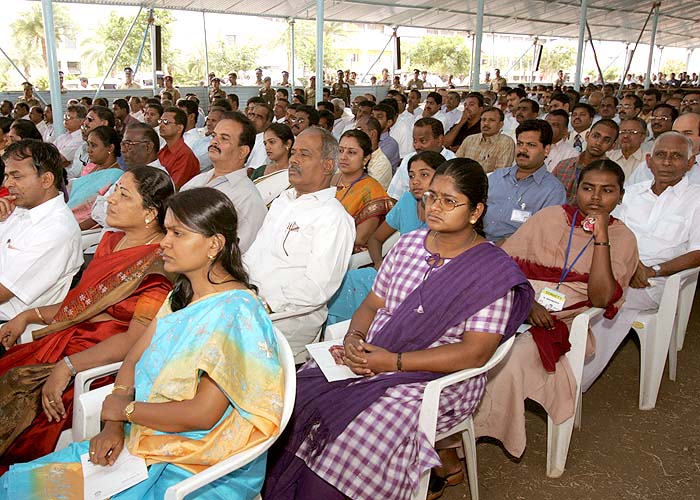
3. Textile economy: Textile industry is very important for the Indian economy. The basic raw material for majority of textiles is cotton. India is the third largest producer of cotton in the world. However, compared to the world average of 700 kg of seed cotton per acre, we produce only 350 kg. It is indeed a technological concern for the nation. Some of the industries have adopted a village in Punjab, which has brought out a cooperative movement of the farmers, scientists, trainers and the industry and launched for cultivating cotton in over 1200 acres. A training programme was launched for farmers starting with soil characterization, matching the cottonseed to soil, water and fertilizer management. The project resulted in increasing the average seed cotton yield of the village from 450 Kg per acre to 950 Kg per acre. This led to the seven-fold increase in net return per acre, due to considerable reduction in input costs. It is worth noting that in this case the yield is above the world average. This model has already been replicated in ten villages and can be emulated by many cotton-growing regions of the country. Industrialists of Coimbatore region can also emulate this model and facilitate the yield of cotton in Tamil Nadu. India can definitely produce 25% of the total world production of quality cotton compared to the existing 12% leading to revenue of over Rs. 25,000 crores a year for the nation. I would like to link cotton production to garment export business, which is a low investment and large volume employment generator. India is presently, exporting six billion dollars worth of garments, whereas with the WTO regime in place, we can increase the production and export of garments to 18 to 20 billion dollars within the next five years. This will need, generation of large volume of textile machinery and equipment which can be provided by the Industrial houses located in Coimbatore. The machinery producers should not only cater to the needs of the Indian textile industry but also be able to garner the market for textile machinery in other textile producing nations.
4. Self reliance in critical technologies: When a nation is in the ascent phase of development, certain crucial technologies and equipments will be denied. It is our experience. Therefore, our industries in the country have to identify and develop critical items like five axis CNC machines, bio nano devices, laser products and control software in partnership with R&D Labs and Academic Institutions.
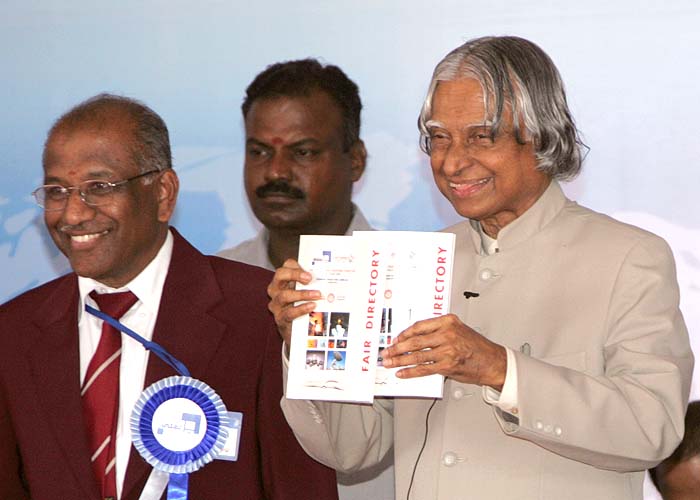
5. Revival of Small scale industries: SSI Sector in India creates large employment opportunities in the country. The product groups where the SSI sector dominates in exports are sports goods, readymade garments, woolen garments and knitwear, plastic products, processed food and leather products. The strategy for enhancing the exports of goods and services from SSI Sector has to be based on technology upgradation, value addition techniques, credit support and export marketing zones. I am informed that reviving small scale industries is an important agenda for the Government. Particularly Coimbatore which has competitiveness in SSI, should take the lead in identifying critical areas that need governmental and technological inputs ernmental and technological based on national and international market survey. Emphasis should be on full activation of certain percentage of SSIs which need technological and credit support.
6. Local Outsourcing: Competitiveness comes out of large quantity needs, cost effectiveness, quality, and marketing capability, as discussed. Today a new situation has come, where MNCs are coming to our country for the availability of high technical man power and lower costs production, in software or hardware or combination of both. Hence, Indian industries have to take this potential as an advantage. Also I would like to suggest a thought in out-sourcing and sub-contracting methods. Here particularly in Coimbatore, you may aim at realizing component level outsourcing to cottage industries and also to homes wherever applicable.
7. Healthcare service Industry
Coimbatore already has a series of speciality hospitals and traditional medicine centres like Ayurveda and Siddha. India requires major health care services to reach our people ? responsive services, easy access and affordability are the key requirements. In addition, traditional Indian medicare systems will be in demand worldwide too. Healthcare services thus not only provide the social,physical and psychological needs of the people but can also provide excellent employment opportunities. It can earn foreign exchange too. Entrepreneurs, medical experts and socially conscious public figures should spearhead a movement ?healthcare for all?.
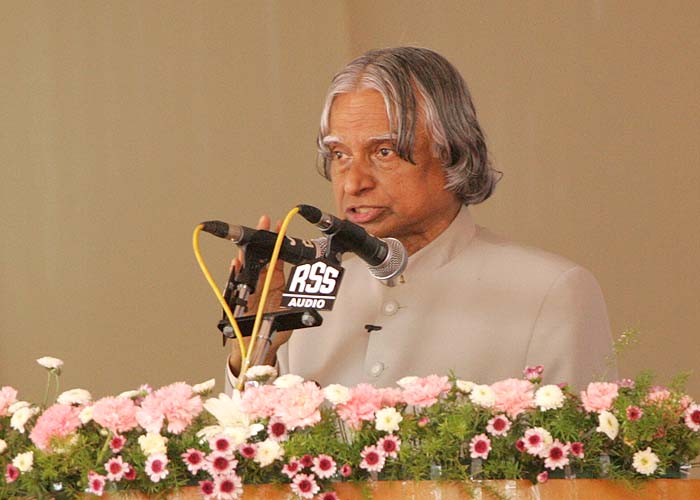

Conclusion
Industries and enterprises have to ask themselves, what is the value addition they do in product realization. Value addition comes sometimes very high value of software to hardware . For example, embedded software is a device and software combination. Normally software elevates the cost of the product. Similarly, there may be a product like five axis CNC machine, where the software and hardware are significant for the development of nationally important products. It is essential that industries must build capabilities to undertake high end software and hardware. This will generate large scale employment opportunities for our knowledge workers. Employment generation is the wealth generation for the country. Moreover, this will make our industry more competitive and enable them to become Multi Nationals through consortium.
My best wishes to both national and international participants for success in their business endeavours.
May God bless you.
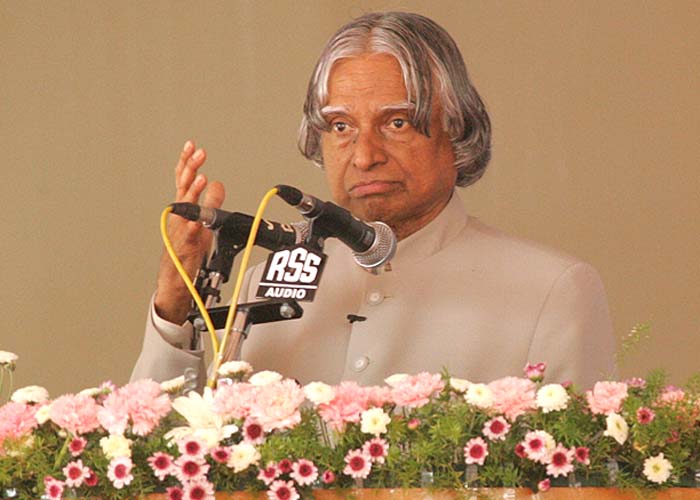
<<Back
|
|